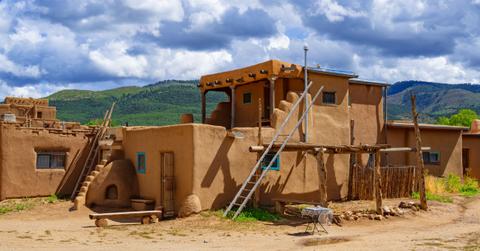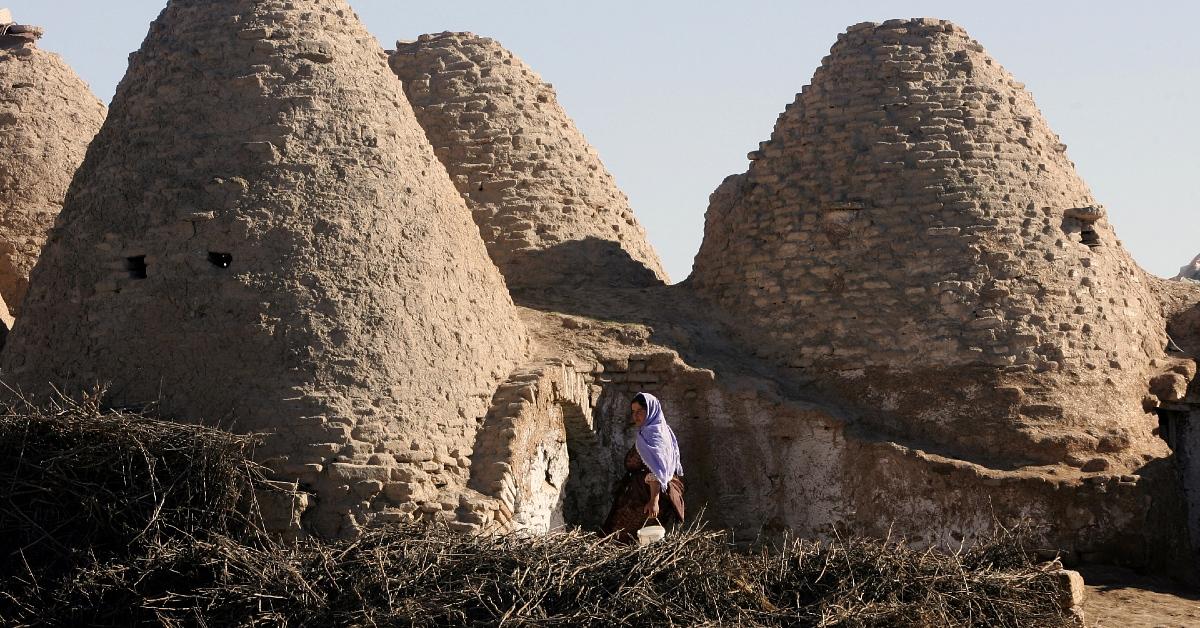Building From the Ground Up: Why It's Time We Utilize Raw Earth Construction
From unfired-clay interior apartment walls in Sweden to zero-waste, 3D-printed raw earth house prototypes in Italy, Europe is prioritizing raw earth construction.
Published June 18 2024, 2:36 p.m. ET

If you were to build a house, what materials would you use? You surely imagined steel, wood, durable plastic, and concrete, the latter being the most widely used building material across the globe. These materials are reliable, understood, and mainstream, but what if a sustainable, accessible wonder beneath our feet could replace, or at least supplement, them?This is where raw earth construction comes in.
According to the RB12 furniture shop, raw earth materials were used as early as 5000 B.C. in China. But what exactly is "raw earth"?
The Architect's Newspaper defines raw earth as "a catchall term for building materials that primarily consist of earth that isn’t baked into a hardened state."

Adobe, rammed earth, compressed earth, clay plaster, and cob are all examples of the long-used building medium. (Portions of the Great Wall of China feature rammed earth, which is essentially a mixture of sand, soil, and gravel compressed into "lateral forms," as per The Architectural Review).
As detailed by The Architect's Newspaper, raw earth — hailed a sustainable underdog hero in climate crisis-era construction — is soaring in Europe (specifically Sweden and Italy), but the U.S. is falling behind.
Raw earth may be a sustainable alternative to widely-used construction methods.
The construction of sparkling new homes in the U.S. produces more than 50 million tons of embodied carbon a year, according to the Rocky Mountain Institute. Plus, cement production accounts for between six and eight percent of annual global carbon production, as per The Architectural Review.
Considering raw earth construction requires no industrial processing or fossil fuels, incorporates minimal transportation, does not produce carbon dioxide, has temperature-regulating properties, and, if used without supplementary concrete, is recyclable, it's a beacon of hope.
Natural clay is especially celebrated for its reuse quality, as per the White Arkitekter architectural firm. "You can basically take clay from a house built in the 13th century and use it again," the firm stated.
Plus, Italian materials supplier Matteo Brioni claims its natural clay surface offerings can absorb toxins and bind odors, minimizing indoor air pollution.
Long-held stigmas and ignorance are halting the use of raw earth construction.
The Architectural Review blames the hyper-strict regulations of today as well as "a pettifogging bureaucracy encouraging standardized solutions" and "a dominant techno-structure tending to curb alternative creativity in favor of the prescriptions of multinational industrial groups." So basically, capitalism.
Stability poses a concern, as many fear a building made of mud bricks won't be able to sustain unforeseen events and natural disasters.
According to Lola Ben-Alon, assistant professor at Columbia GSAPP and director of its Natural Materials Lab and Building Tech curriculum, stigmas are partially to blame.
“It ties into how we perceive natural materials as low-tech and dirty,” she told The Architectural Newspaper. “It really is the way you build with these materials that dictates durability and performance.”
A 2020 paper published by the IOP Conference Series: Earth and Environmental Science stated that rammed earth has "bioclimatic capabilities to sustain extreme weathers," and that both rammed earth and adobe have been used for construction in seismic areas.
That said, the paper relayed that auto-constructed buildings made of raw earth materials are vulnerable to earthquake shaking, as "heavy mass, strength degradation through time, and lack of structural integrity among elements" pose downsides.
After studying rammed earth samples, researchers concluded that "the lower the water content, the higher the strength."
So, as we battle the climate crisis, we must stay open-minded to alternative building methods.
“There has to be a policy shift, but that comes only after a culture shift,” Michele Barbato, professor of structural engineering and structural mechanics at UC Davis, told The Architect's Newspaper. “There has to be education, and right now, earthen construction is fundamentally not known.”